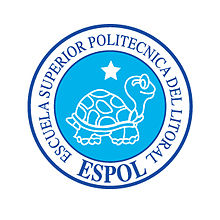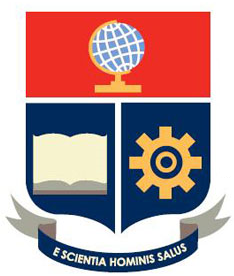Background
With the most biodiversity per square kilometer of any nation, Ecuador is one of the world’s seventeen megadiverse countries. Its extraordinary geography encompasses the Andes Mountains, the Amazon rainforest, the Galapagos Islands, the most important watershed of the South American west coast, and a marine zone driven by productive marine currents. Ecuador’s ecosystems are home to 18% of the world´s bird species and orchids, 10% of the world´s amphibians, and 8% of the world´s mammals, many of them endemic to Ecuador and the Galapagos Islands.
These rich and diverse natural resources are recognized in Ecuador’s National Development Plan 2013-2017 (Plan of “Good Living”), which states that the government has the responsibility to defend the population’s right to a healthy environment. The Plan outlines a transformation process for the country’s productive and energy matrix. The change of productive matrix represents a paradigm shift from an economy based on the extraction of non-renewable resources and the export of primary commodities towards a diversified economy based on added-value products, technology, human capital, and ecosystem services. The change of energy matrix focuses primarily on the substitution of fossil fuels with hydropower. These transformations are aligned with the Ecuadorian constitution, which recognizes legally enforceable rights to water, to nature.
Scope of work
The TEEB Ecuador study assessed how investing in natural capital could supported the transformation of the country’s productive and energy matrix. Through participative scenario analysis at the landscape level, an analysis was carried out on the impacts of different incentive programmes and land use decisions on ecosystem services and biodiversity.
In the Coca watershed, an assessment was carried out on the impacts of land use change resulting from the nationwide Socio Bosque programme on the Coca Codo Sinclair hydropower project, as well as the project’s dependency on ecosystem services, particularly water quantity and quality in the watershed. TEEB Ecuador incorporates the Quechua people’s concept of ‘Good Living’ in which individuals, within their social and cultural communities, pursue collective development with respect for diversity and harmonious coexistence with nature.
In the Guayas watershed, an assessment was carried out on the impacts of different growth scenarios, focusing on the sectors that are prioritized in the change of productive matrix and including a case study on cacao. New multi-use infrastructure projects, including irrigation, flood control, and hydropower generation projects, have the potential to increase agriculture productivity in the watershed. As part of its scenario analysis, the TEEB study incorporates the value of sustainable smallholder agro-ecosystems into land-use planning and demonstrates the change of ecosystem services under different scenarios.
Status: Ended
Host Ministry:
Ministry of the Environment (MAE)
Research institutions:
Other partners
- National Planning and Development Agency
- Ministry of Agriculture & Livestock
- Vice-presidency Office – Productive Matrix Change Committee
- Ministry of Industries and Productivity
- National Secretariat of Water
- Ministry of Electricity and Renewable Energy
This study is supported by the European Commission as part of the “Reflecting the Value of Ecosystems and Biodiversity in Policy-Making” project.




